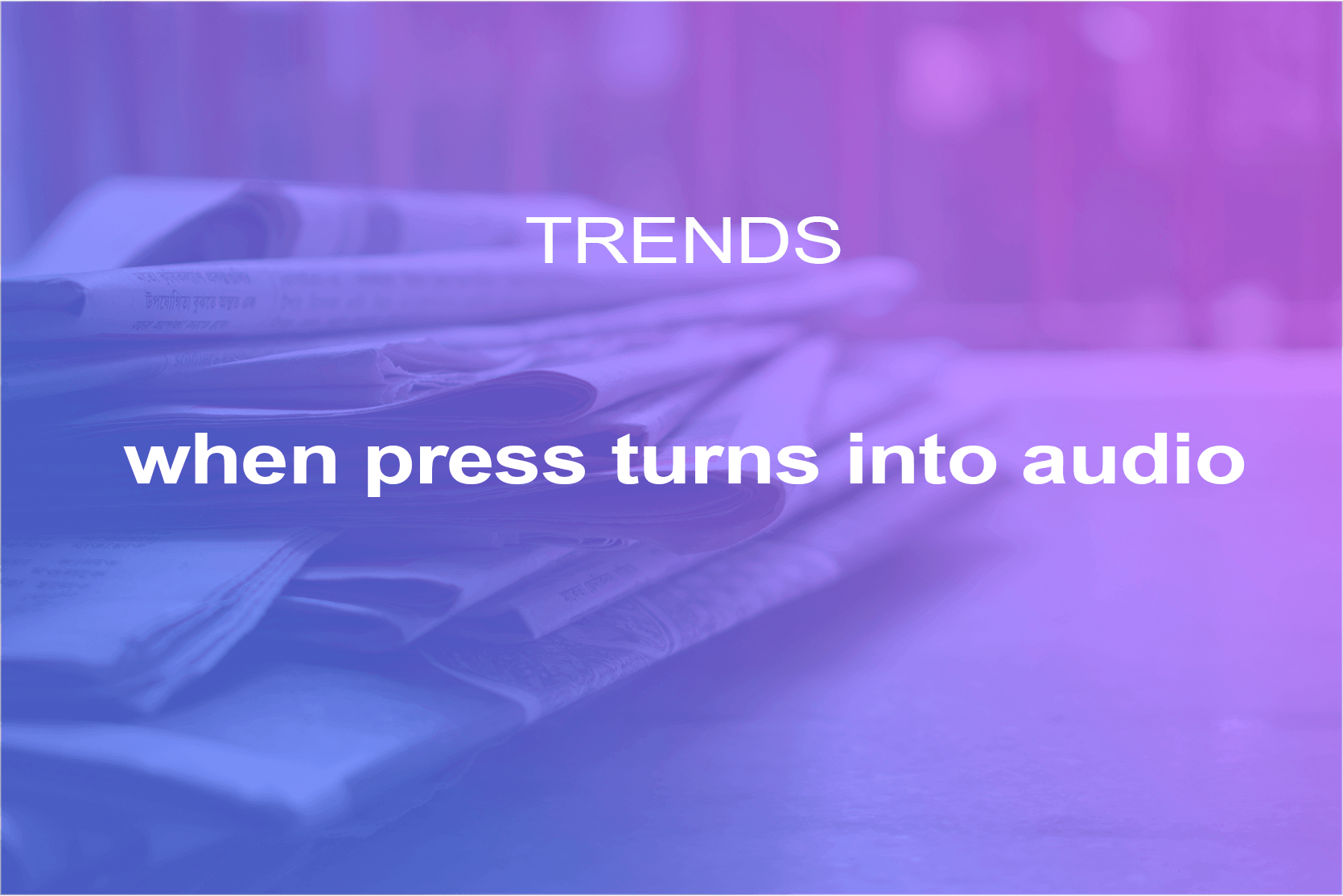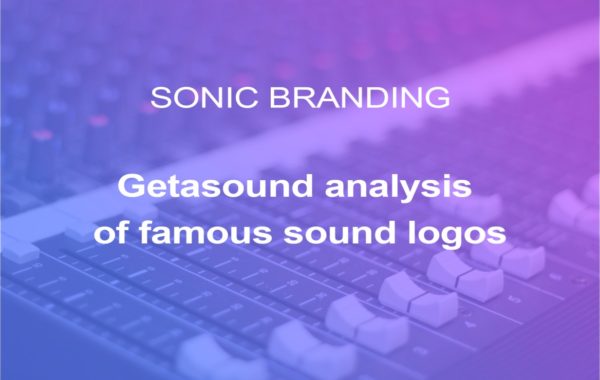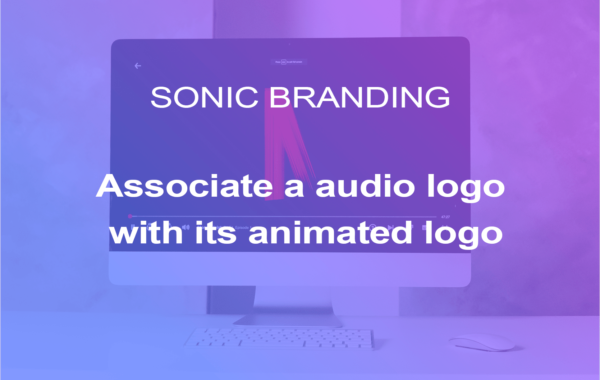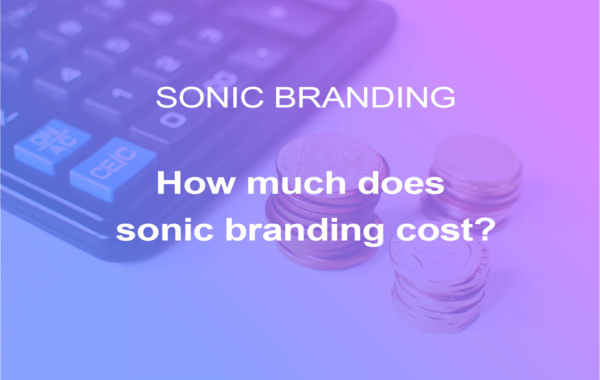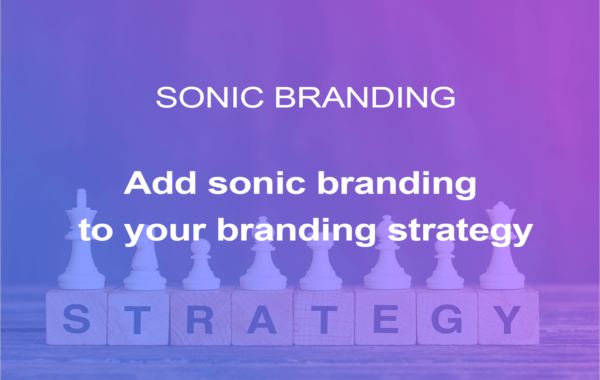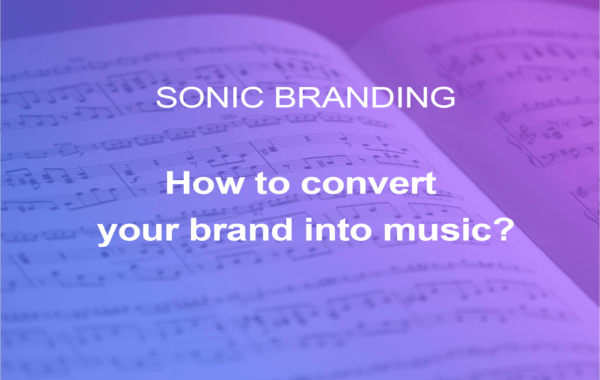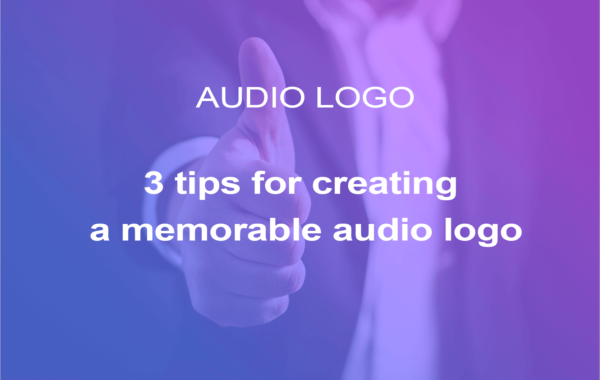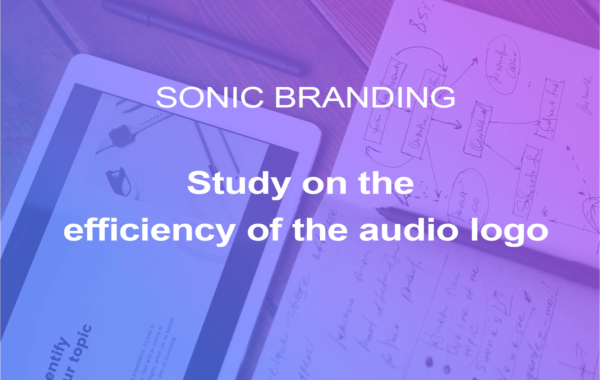Why Will the Press Soon Not be Able to Do Without Audio ?
With the emergence of the Internet, newspapers are less and less used and had to be replaced by online articles.
In fact, the press had to go digital to continue to reach its audience.
Currently, audio is growing in consumption, so much so that 87% of French people listen to audio information every day (Harris Media). And, once again, the press world must adapt to face what some people call the crisis of the French daily press.
In this article, you will discover how the press can include audio in its communication to speak to its audience.
I – A Multi-channel Presence Requires Audio Branding
II – Transmitting Information Differently Thanks to Podcasts
📯 Prerequisite for a Multi-channel Presence: Audio Branding
Audio branding corresponds to the audio dimension of the brand. It is a set of music and sounds that are coherent with each other and that harmonize the speeches of an organization on its different mediums.
One of the best-known elements of audio branding is the audio logo (often called a jingle)
Therefore, a multi-channel presence implies the mastery of these speeches.
Harmonize your communication supports
Audio branding works in the same way as visual branding.
It is thanks to a certain coherence in the sound and constant use of its sound charter that we manage to associate a musical universe with a brand.
In the same way that a newspaper has a unifying structure, with a precise structure and a distinct color-coding, audiovisual media also require a melodic framework and a sound identification.
Audio content without sonic branding is like a newspaper without a graphic identity.
With the multiplication of the mediums on which the press is present, the question of sound coherence comes up. In particular with the broadcasting of videos on social networks and the production of podcasts (we could even add, the use of voice assistants).
Affirm your positioning and create a link with your audience
To be effective, the sound identity must not only be custom-made but also reflect the brand’s values.
It allows to embody the spirit of the media and to assert its positioning.

Offering a musical personality to your newspaper also means conveying emotions to your listeners and thus creating a bond with them.
Let’s take the example of the 8 o’clock news on TF1. By listening to it, you realize that it does not leave you totally indifferent. ✨
You have also understood that the audio branding (and in particular the audio logo) are elements that enrich the assets of your brand.
🎤 Transmitting information Differently Thanks to Podcasts
The podcast is audio content, specially designed for web broadcasting. Whether conversational or narrative, it allows you to address your audience using only sound.
The podcast format, a new consumer trend among the French
In 2020, the health crisis has disrupted the consumption habits of the French, prompting them to find new occupations.
And it’s the podcast listening numbers that exploded at that time, and have been growing ever since (although the trend had started to take hold in France long before)
The number of French people listening to native podcasts increased by 48% in 2020 (Médiamétrie)
A complementary information medium
Sight is a sense that is highly solicited among consumers (through television or social networks), which saturates visual communication. At the same time, the consumption of audio content on the web is increasing since the emergence of music streaming platforms.
Therefore, the podcast is taking its place by reaching people who want to access information, but who can’t watch a screen. This is mostly at times when the audience is in the middle of an activity (cooking, cleaning, sports, or commuting).
Moreover, reading a written article requires more effort than simply listening to an audio stream.
💡 Fun fact: According to a study, 68% of participants say they do not watch television when it is on (Sixth Sound/Harris interactive). This proves to what extent audio has taken an important place in the daily life of the French, and places sound at the center of the exchanges between the media and its audience.
Putting its editorial power at the service of the podcast
To keep up with these new consumption modes, the daily press has every interest in including the podcast format in its content strategy.
Although sound production is a profession in its own right, most media outlets have the essential resources to produce a podcast.
Indeed, the editorial dimension of this format is essential to its success. The media have an in-house editorial force, which can be a real asset to becoming major podcast players.
Thus, the media have several options:
📋 Let your journalists write scripts, and trust the podcast professionals with the production. (Discover the example of Gironde Tourisme)
🎤Create conversational formats by putting your journalists at the forefront, while deciphering current events to highlight your expertise. In this case, you can leave a lot of autonomy to your journalists who will have to record themselves. However, you should trust the professionals with post-production.
🔊 Turn your articles into podcasts. Here is an example experimented with the newspaper Sud Ouest.
Turning a text into an audio format gives new meaning to words.
The voice-overs and the video sound design bring relief and allow to immerse the listeners in a particular atmosphere.
Not to mention the presence of the jingle that ensures the recognition of the newspaper offering the podcast.

👉 Discover our solutions to transform your articles into podcasts.
Audio, a New Way to be Heard
Once again, the press, and particularly the daily press, will have to adapt to new modes of consumption to continue to reach its audience.
Keep in mind that developing audio does not mean drawing a line on the written format, but completing the presence of the media on all existing communication supports. In this sense, sonic branding is an element that should not be neglected.
Want to switch to audio ?
Getasound helps you create your audio branding and integrate the podcast format into your editorial strategy.
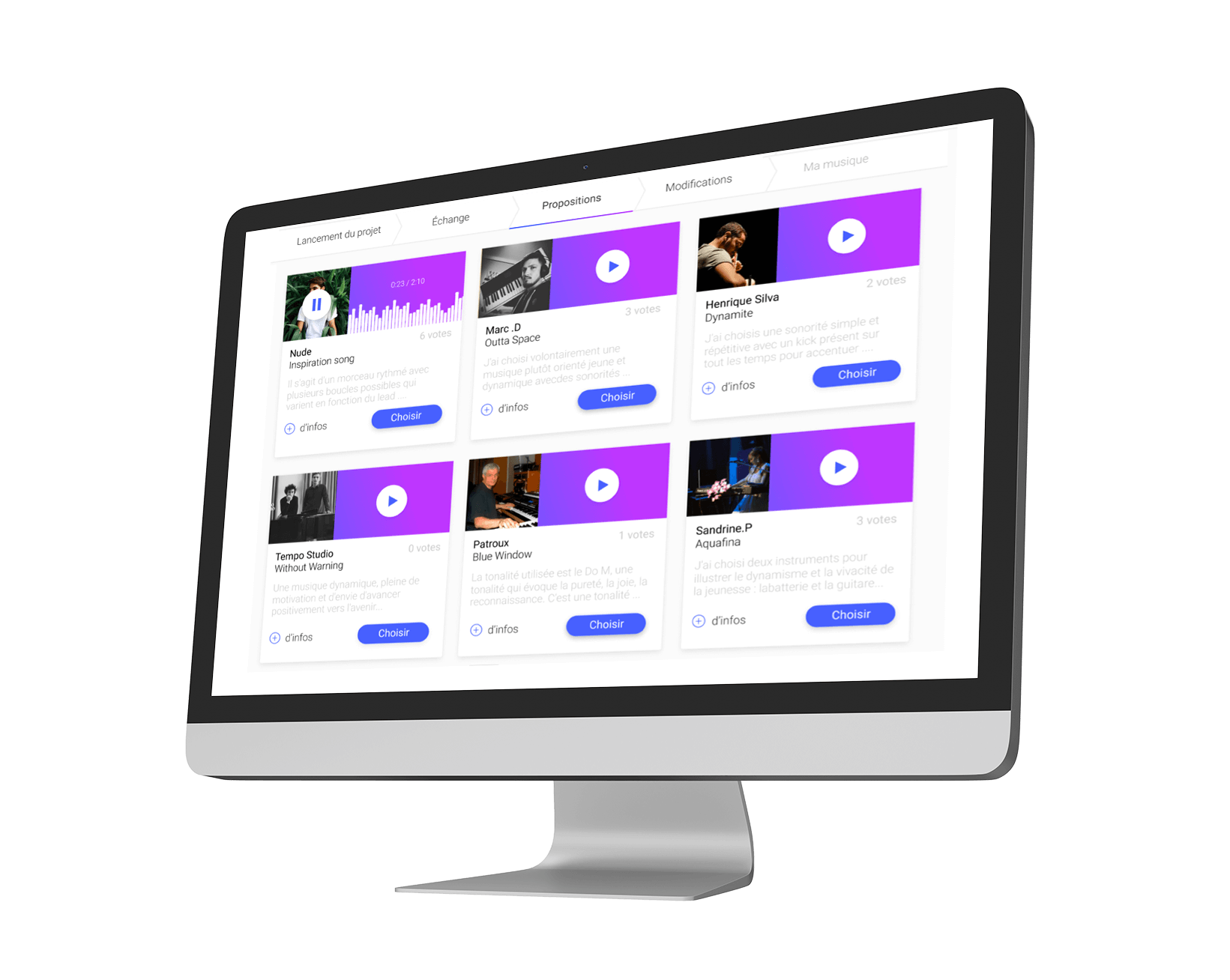
More articles :
Comments are closed.

